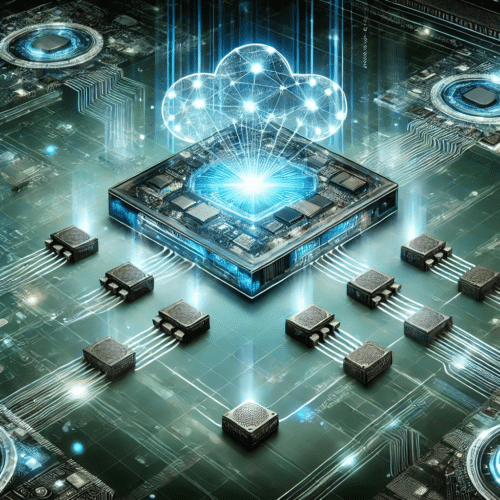BLOG
The Future of 5G for IoT: Hype vs Reality
For an innovation that receives as much attention as 5G, we don’t actually know much about how it will play out for the industry and what the telecom operators plan to do.
Idealists tout the great benefits of low latency and high capacity that will ultimately allow new valuable use cases, while cynics focus on the lack of actual new use cases to emerge so far.
What is 5G?
The term “5G” stands for fifth-generation cellular wireless. The initial standards for 5G were set at the end of 2017. But just because there are standards doesn’t mean that all 5G will work the same. There will be fast 5G with limited coverage and slow but responsive 5G, according to PCMag.
5G brings three unique benefits to the table: the ability to move more data (speed), to be responsive (lower latency), and to more easily connect to sensors and smart devices (connecting to a lot more devices at once).
Most previous generations of wireless technology have been defined by their data transmission speeds, and each is also defined by new encoding methods that make it incompatible with the previous version. While the 5G radio system isn’t compatible with 4G, all 5G devices in the US will need 4G – at least to start – because they’ll use it to make initial connections before leveling up to 5G where available. In a few years, 5G networks will become standalone, not requiring 4G coverage to work.
What does 5G mean for the development of IoT devices?
5G is an extremely exciting evolution of wireless capabilities and will surely impact IoT in a large way. It’s difficult to say exactly where the areas of innovation will occur. However, we can surely expect devices to begin to leverage these low latency, high bandwidth connections.
As of today, most IoT applications are built from the ground up, with the understanding that there will be intermittent and/or slow connections for wireless communication, and most applications are architected with this in mind. So, in the short term, applications that can leverage these 5G networks will immediately benefit from a higher quality of service, faster updates, and more reliable situational insight for sensors and networks running on 5G.
For products that will be built to support 5G in the future, you can expect a heavier reliance on video as a source of data along with the transmission of 3D measurements and coordinates in real time. I believe that virtual and augmented reality will become more and more commonplace and that our cellular devices will continue to play a larger role in how we interact with the world.
Where 5G is available, we will see a merging of edge computing and IoT, blurring the lines between what we can expect out of connected devices. This will be a driver of us being able to reliably stream and capture video and 3D data without a persistent WiFi connection. While it’s difficult to say exactly what IoT applications will come of this, security and augmented reality applications are sure to grow in their capabilities exponentially under this new paradigm.
What does the future hold for 5G?
In previous mobile transitions, most of the major changes happen years after the first announcement, and I expect the same to be true of 5G. For instance, 4G phones first appeared in the US in 2010, but the kinds of applications that leveraged 4G to transform our world (like Uber and Snapchat) didn’t come until years later.
So with that in mind, you can expect the real game-changing 5G applications to start cropping up in the early 2020s. Until then, the landscape will continue to be a bit muddy as wireless carriers and app developers explore its potential.








